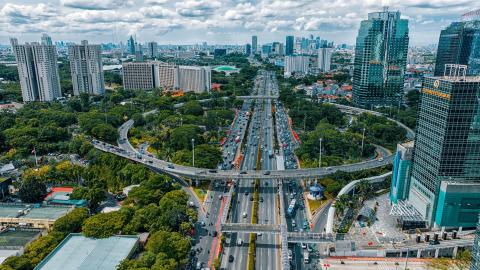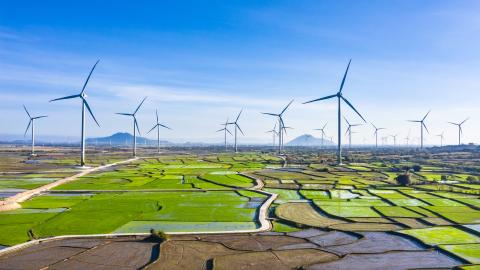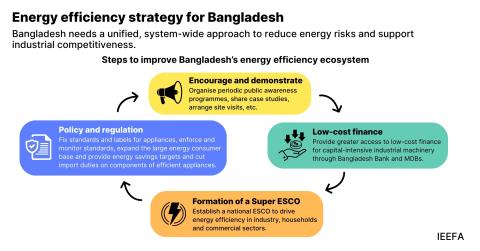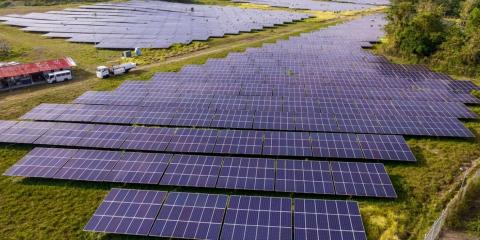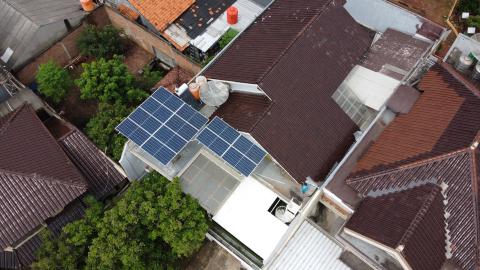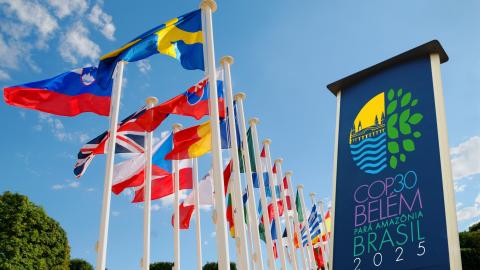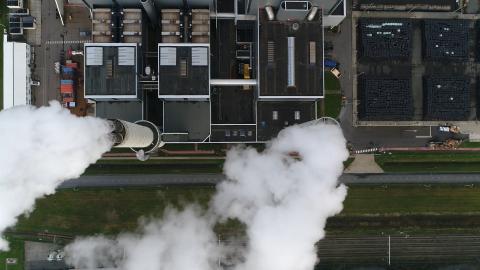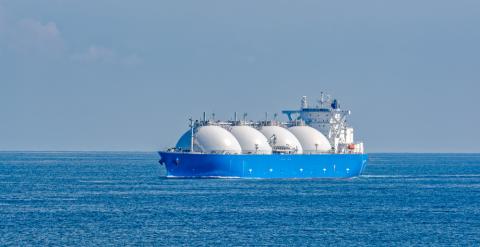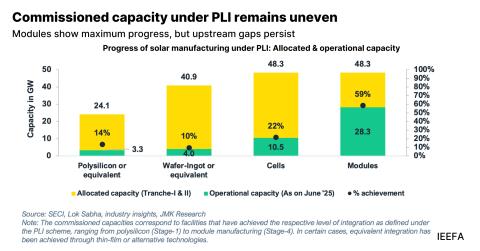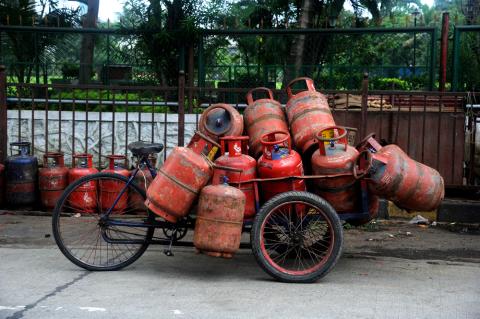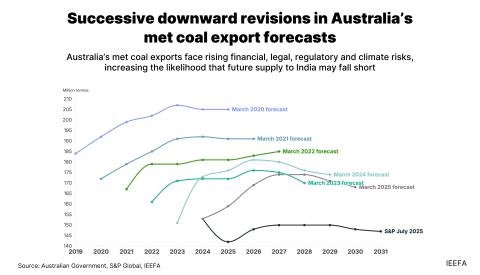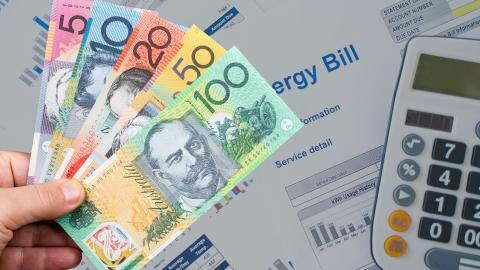Four levers the Productivity Commission misses for least cost to net zero
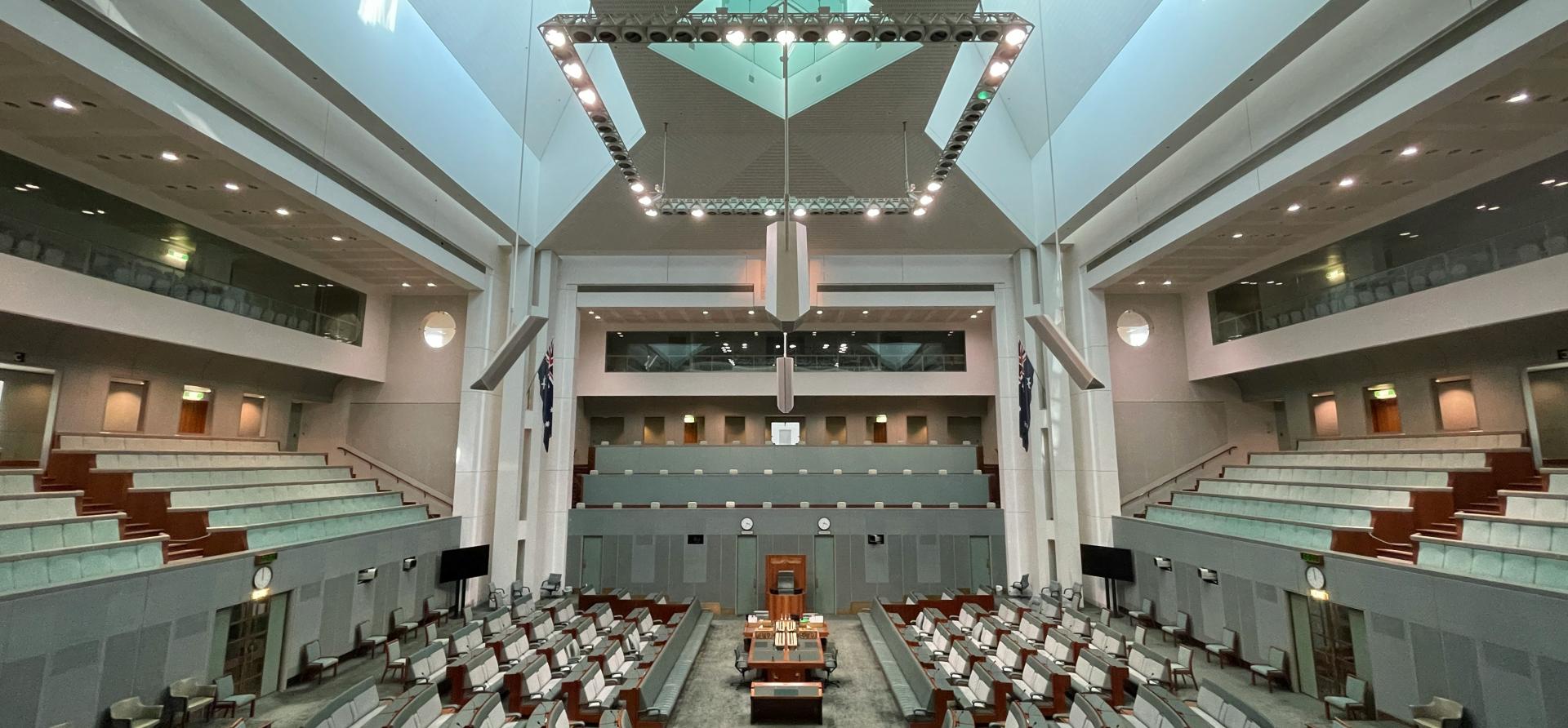
Key Findings
The Productivity Commission’s latest report identifies major gaps in Australia’s current emissions reduction policies, but overlooks important levers for achieving net zero at least cost.
The report does not consider opportunities to improve energy efficiency and flexibility and to upgrade inefficient electricity network regulation and pricing, which could reduce emissions while cutting energy bills and reduce the need for large-scale electricity investment.
Coal and gas exports currently represent between 20 and 25% of Australia’s emissions; reducing fugitive methane emissions and applying greater scrutiny to new coal and gas developments could cut those emissions while delivering material economic benefits.
The Productivity Commission last week released its interim report Investing in cheaper, cleaner energy and the net zero transformation, as part of a broader initiative to improve Australia’s productivity. The report rightly identifies three major gaps in Australia’s current emissions reduction policies: electricity sector policies post-2030; industrial facilities exempt from the Safeguard Mechanism; and heavy vehicles.
However, it overlooks some important levers that could achieve net zero at least cost:
- Comprehensively improving energy efficiency and flexibility.
- Reviewing inefficient electricity network revenue regulation and pricing.
- Reducing fugitive methane emissions from coal and gas extraction.
- Scrutinising the net economic cost-benefit of new coal and gas projects.
Comprehensively improving energy efficiency and flexibility
In its latest World Energy Outlook report, the International Energy Agency (IEA) said that “the goal of doubling the global rate of energy efficiency improvements could provide larger emissions reductions by 2030 than anything else, but looks far out of reach under today’s policy settings.” In 2023, the IEA found that, while Australia had had success in achieving energy savings, annual improvement rates slowed after 2015 to less than half what is required under a net zero-aligned trajectory.
IEEFA estimates that over 1.7 million inefficient new gas and electric appliances are installed each year across Australia. Failing to shift those to efficient electric appliances costs Australian households over $3 billion in unnecessary energy costs. Australian appliance standards have not kept up with technological progress, with widely available heat-pump based appliances using a fraction of the energy used by traditional gas and resistive electric appliances. Improving electric appliances’ efficiency nationally would save more electricity per year than the increase needed to accommodate the shift from gas to electric appliances.
Appliances offer an opportunity to support the electricity sector transition through being operated flexibly. Both hot water and air conditioning are key loads that could be flexibly operated, using more power during the daytime solar period, rather than in the evening peak period. This could reduce requirements for large-scale generation and network build.
Many small-scale programs have also revealed large untapped opportunities to improve industrial energy efficiency. For example, a program delivered by the Australian Alliance for Energy Productivity in New South Wales found that 80-90% of energy used by compressed air systems (which represent about 10% of industrial electricity use) is wasted. However, since the closure of the Energy Efficiency Opportunities program in 2014, there has been a gap in comprehensive government policy to support industrial energy efficiency. Unlocking this opportunity will require more than the Safeguard Mechanism, with a particular focus on capability building.
Reviewing inefficient electricity network revenue regulation and pricing
IEEFA estimates that supernormal profits across electricity distribution and transmission networks amounted to $15 billion (on top of “allowed” profits of $17.6 billion) over 2014-2023. This has led to higher electricity bills for consumers and undermined economic productivity. With distributed energy resources (DER) increasingly capable of providing network services, current regulation based on monopoly assumptions for electricity networks is outdated. A first-principles review of the economic regulation of electricity distribution networks is essential to redesign the regulatory regime for productivity, affordability and the energy transition.
The recent boom in household batteries also presents an enormous opportunity to reduce bills for households and reduce the investment required in large-scale electricity system assets. IEEFA has found that rooftop solar and batteries could slash summer and winter peak demand in all states, reducing it to zero or below zero in the vast majority of cases. However, tariffs and incentives are needed to drive an optimum outcome for the energy system.
Reducing fugitive methane emissions from coal and gas extraction
Coal and gas extraction are responsible for at least about 20% of Australia’s emissions, and possibly about 25% if suspected methane emissions underreporting is correct. Methane is a powerful greenhouse gas, but a short-lived one compared with carbon dioxide. Therefore, cutting methane emissions from the coal and gas sectors would have a rapid, significant effect on atmospheric warming potential.
Methane emissions are expected to remain stable till 2035, with the Safeguard Mechanism inadequate for driving methane emissions reductionsinadequate for driving methane emissions reductions. This is despite the low cost of abatement and the potential economic and financial benefits of utilising the captured methane. Methane is the main component of fossil gas, and IEEFA estimates that about 76 petajoules of methane could be recovered across the coal and gas sector each year. That is worth about $950 million and is more than twice the amount of gas anticipated to be needed for power generation in the National Electricity Market in 2025.
Scrutinising the net economic cost-benefit of new coal and gas projects
IEEFA’s research has shown there are high economic risks associated with many new coal and gas developments, in particular those targeting liquified natural gas (LNG) exports.
In the context of an enormous looming global LNG supply glut, new LNG projects could worsen the financial situation of existing projects by worsening oversupply, further depressing global LNG prices. Existing LNG projects in eastern Australia have had disappointing financial results and have led to significant economic costs by driving a tripling in domestic gas prices in the eastern states. This in turn has driven significant industrial facility closures and decreases in gas generation. In addition, LNG projects are associated with very large gas use and emissions, which cannot be adequately addressed by carbon capture and storage.
IEEFA hopes that the Productivity Commission will take a broader look at the opportunities available to both progress Australia’s emissions reduction agenda and reduce costs for Australians.


